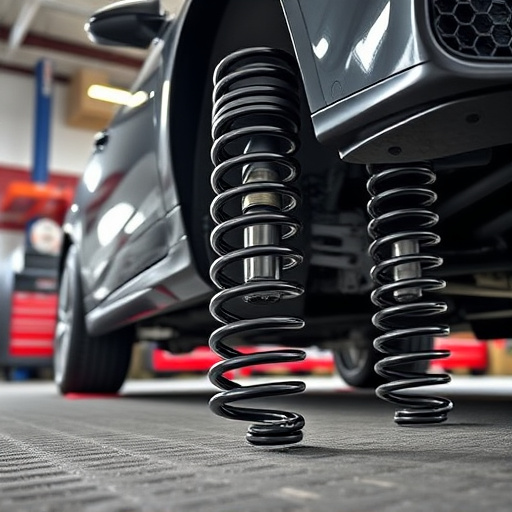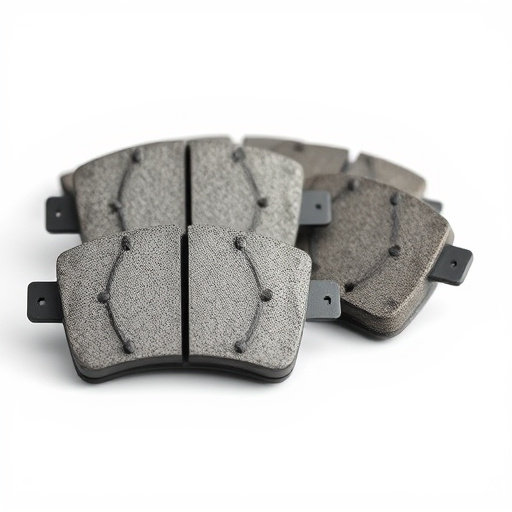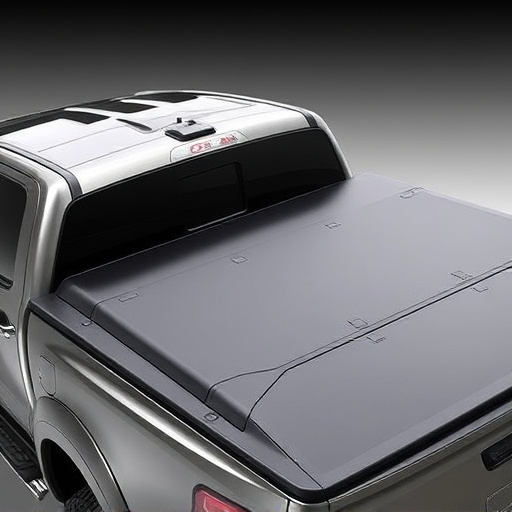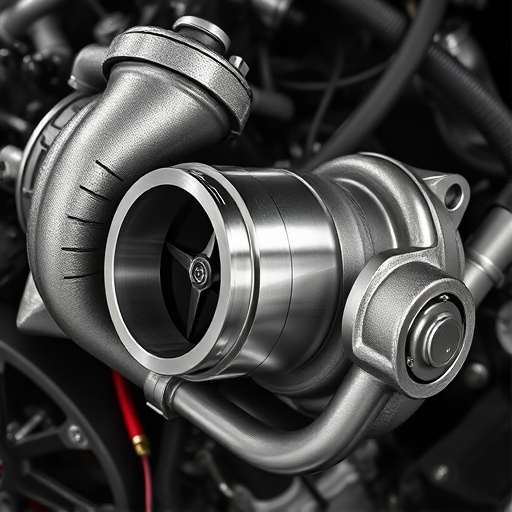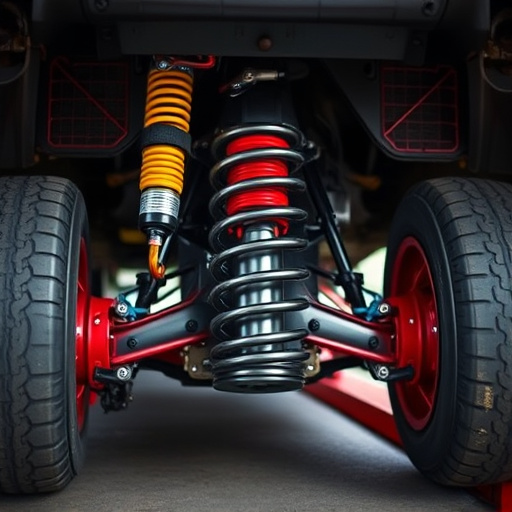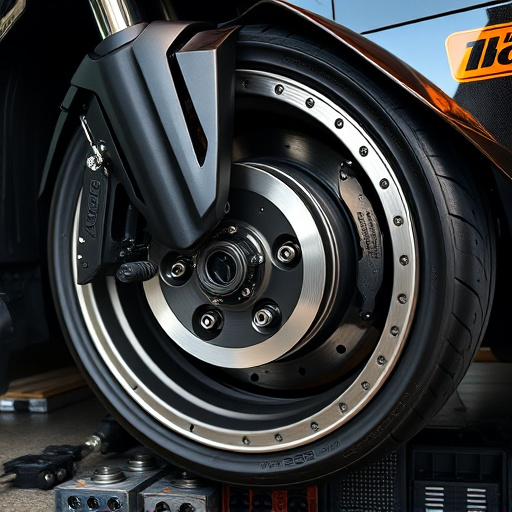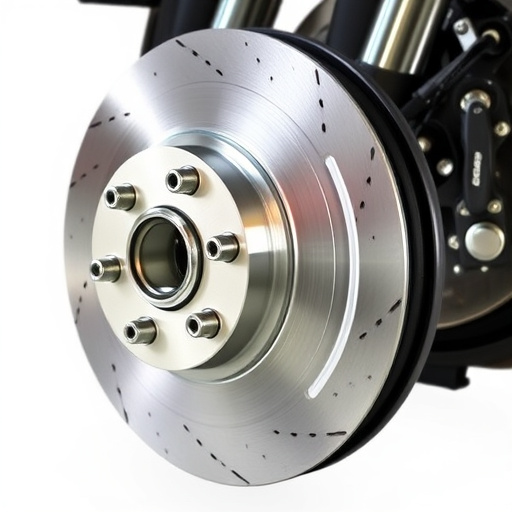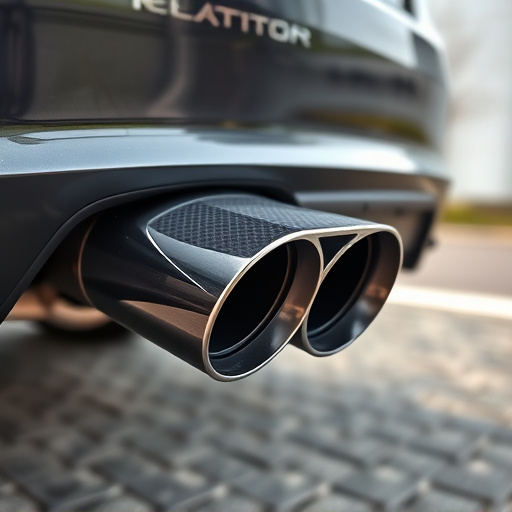Ram Air Intake Systems (RAIS) are a powerful upgrade for off-road vehicles, leveraging external air pressure to boost engine power and improve fuel economy. They offer advantages in varying terrain conditions but present challenges like turbulence and reduced engine bay cooling. The ideal RAIS selection depends on vehicle make/model for tailored airflow and performance goals, ranging from lightweight high-end systems to budget-friendly reliable options. Integration with other upgrades, such as suspension kits and high-performance brakes, is crucial for peak off-road performance.
“Elevate your off-road experience with Ram Air Intake Systems—a game-changer for performance builds. These systems, designed to maximize airflow, can unlock hidden power in your vehicle. In this comprehensive guide, we’ll explore the science behind Ram Air Intakes and their profound impact on off-road prowess. From understanding their basic function to weighing the pros and cons, you’ll gain insights into choosing the perfect system. Whether you’re a seasoned builder or just starting, optimal performance is within reach.”
- Understanding Ram Air Intake Systems: Their Role in Off-Road Performance
- Advantages and Disadvantages of Ram Air Intake Systems for Off-Road Vehicles
- Choosing the Right Ram Air Intake System: Factors to Consider for Optimal Performance
Understanding Ram Air Intake Systems: Their Role in Off-Road Performance
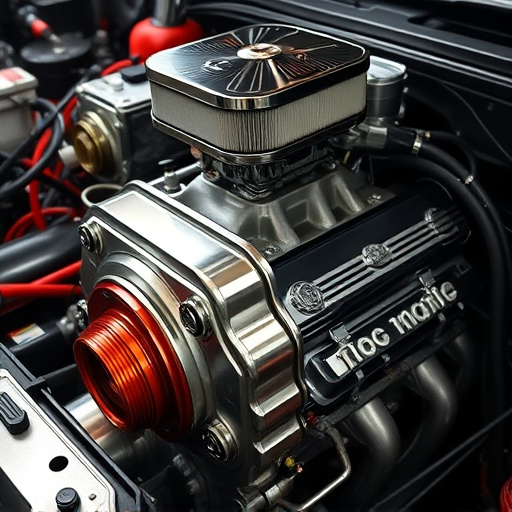
Ram Air Intake Systems (RAIS) play a pivotal role in enhancing off-road performance builds. Unlike standard intake systems that rely on engine vacuum to draw air into the engine, RAIS use ram pressure from the moving air stream to force more air into the engine. This allows for a denser charge of air and fuel mixture, resulting in increased power output. In off-road vehicles, where terrain conditions can vary widely, a reliable and efficient RAM air intake system is crucial. It ensures that the engine receives sufficient oxygen during high-altitude climbs or rugged terrain, maintaining optimal performance regardless of external factors.
Integrating a RAIS into an off-road build also offers advantages beyond raw power gains. By bypassing the constraints of the stock intake, these systems can improve engine breathing and cooling, especially when combined with high-performance air filter kits and cat back exhausts. This combination not only enhances performance but also contributes to better fuel economy and extended engine life, even under demanding off-road conditions where robust brake rotors may be required for precise control over the vehicle.
Advantages and Disadvantages of Ram Air Intake Systems for Off-Road Vehicles
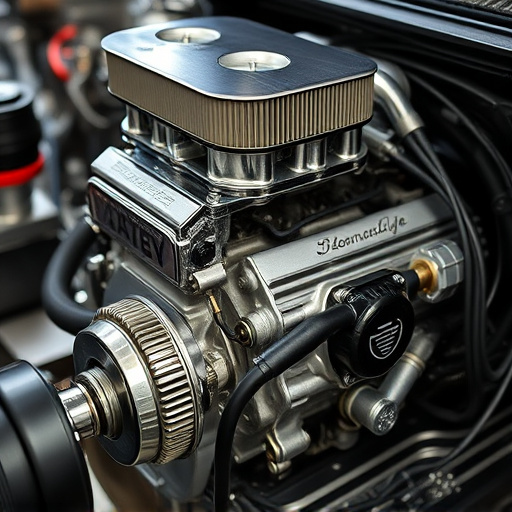
Ram Air Intake Systems (RAIS) offer significant advantages for off-road vehicles aiming to enhance performance. By drawing in cold air from outside the engine bay, RAIS can improve airflow, allowing for better combustion and increased power output. This is particularly beneficial for off-road builds, where rugged terrain demands robust engine performance. Moreover, these systems often use high-flow performance air filters that trap contaminants while ensuring a consistent supply of clean air to the engine, promoting efficiency and longevity.
However, there are also disadvantages to consider. Unlike cat back exhaust systems which streamline exhaust gases, RAIS can introduce turbulence and potentially reduce engine bay cooling due to the direct intake of ambient air. Additionally, installation requires careful design and fitting to avoid leaks, ensuring optimal performance without compromising the vehicle’s integrity. Upgrading to a RAM air intake system also necessitates other enhancements, such as tuning the engine management system to accurately account for the increased airflow, especially when paired with modified exhaust systems or higher-flow performance air filters.
Choosing the Right Ram Air Intake System: Factors to Consider for Optimal Performance
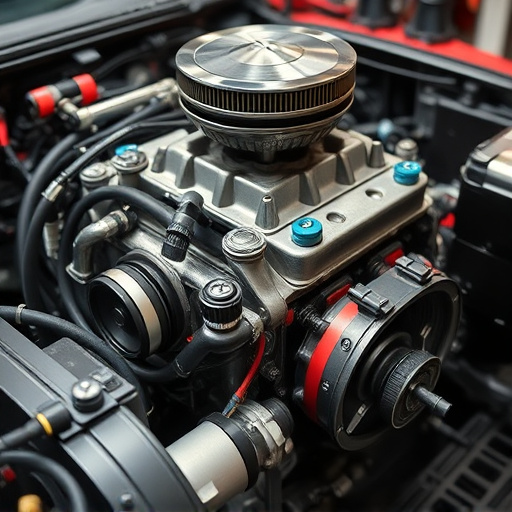
Choosing the right ram air intake system is a critical step in enhancing your off-road vehicle’s performance. Several factors come into play to ensure optimal results. First, consider the specific make and model of your off-road vehicle. Different cars have unique engine configurations, and a tailored ram air intake system will maximize airflow and compression ratio accordingly. This ensures that your vehicle’s engine receives the right amount of cool, dense air for improved combustion and power output.
Additionally, think about your performance goals. Are you focusing on raw power or fuel efficiency? The design and materials used in a ram air intake play a significant role. High-performance systems often employ lightweight materials like carbon fiber to reduce restrictions and enhance airflow velocity, benefiting acceleration and top-end speed. Conversely, for more moderate tuning, a well-engineered plastic intake can provide reliable performance gains without breaking the bank. Integrating with other upgrades, such as suspension kits and high-performance brake rotors, also warrants consideration to ensure that your ram air intake system works in harmony with your vehicle’s overall modifications for peak off-road performance.
Ram air intake systems, with their ability to enhance off-road performance, offer a compelling solution for vehicle enthusiasts. By understanding their benefits and considering essential factors like compatibility, installation, and material quality, off-road vehicle owners can make informed choices. Integrating the right ram air intake system can significantly improve engine power and efficiency, ensuring an enhanced driving experience in rugged terrains.





